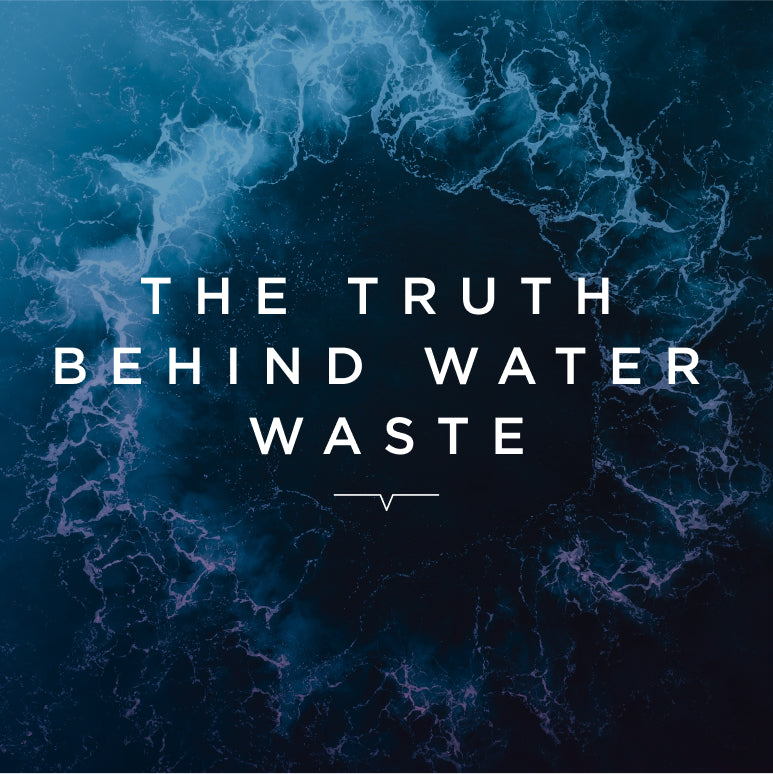Water isn’t the hot topic in fashion circles this season, but we think it should be! Recently we read that the industry consumes 79 trillion gallons of water a year, and produces 20% of global industrial waste water.* In 7 years, the UN is expecting a 40% shortfall in the world’s water supply.
Here in the von Holzhausen lab, we’ve been figuring out our part in fixing it.

For materials, the majority of water consumption happens in the fiber growing process, followed by dyeing and treatment of synthetics.
And for animal leather, the most water intensive material in the world, there’s raising cattle, slaughter, transport, tanning, and more. (Argghhhh).
There are many ways that big fashion companies can improve their water care - reusing wastewater, reducing toxic chemicals, regenerative farming methods that increase the soil’s capacity to store water.
But it won’t surprise you to hear that we’re in favor of a whole materials rethink!
Less-than-impressed by the amount of water conventional cotton needs to grow? Make a low-carbon, biodegradable fabric from 100% bamboo, a plant that requires 80% less water and retains its root system when harvested. And call it Banbū!
Sad about all the toxins released from petroleum-based topcoats? Invent one out of plants that’s both biodegradable and non-toxic. And call it Liquidplant!

In the lab, we’re obsessed with the impact each formula will have by the time it emerges into the world as, say, a range of backpacks that gets sold in 1500 outlets around the world.
“Large, complex supply chains are difficult and expensive to change,” sighs everybody who’s worked for a big fashion company, ever.
The good news is that more and more innovator companies are asking to work with our affordable, scalable materials (hi innovator company collaborators) to create products that are lower carbon, generate less pollution and waste, and use less water.
We have big plans. It’s why our biggest plan has to always be keeping Planet Earth front of mind from the start.
* The Environmental Impacts of Fast Fashion on Water Quality



